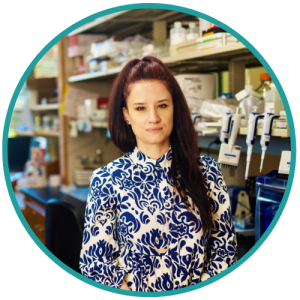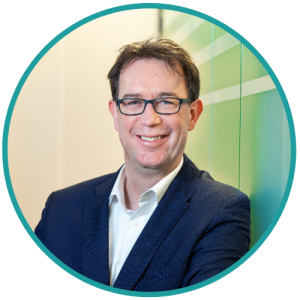Panel Discussion: Transitioning to patient-derived in vitro cell models
Steady progress in the development of organoids and other 3D cellular models of tissues over the last decade has led to the generation of highly advanced, patient-derived in vitro models. Using these models, researchers can investigate tissues and their disease states more pragmatically and with more deeply explorative techniques. As a result of their increasing parity to in vivo environments, the ability to derive them directly from patient samples and their utility, researchers are increasingly using these models in place of animal models and 2D cell cultures. This shift has been exemplified by the recent US FDA Modernization Act 2.0, which stipulates that drug candidates are no longer obliged to be tested in animal models prior to clinical trials.
This Panel Discussion will discuss a brief history of their development, their current applications, integrating these models into your work and tips for best practice when using them.
- Key trends in the transition away from animal models
- Tips for the development of patient-derived in vitro models
- Tips for the integration of patient-derived in vitro models into your lab
- Basic researchers currently using 2D and animal models
- Academic and pharma researchers working in drug discovery and development
- Translational researchers

Alice Soragni
Principle Investigator
University of California, Los Angeles (UCLA; CA, USA)
Alice Soragni is an Assistant Professor in the Department of Orthopedic Surgery at UCLA and a member of the Jonsson Comprehensive Cancer Center (CA, USA). Originally from Italy, she received her PhD in Physical Chemistry from ETH Zurich (Switzerland) and conducted her postdoc with David Eisenberg at UCLA before starting her independent lab in December 2016.

Rob Vries
CEO
HUB Organoids (Utrecht, The Netherlands)
Rob received his PhD in Biochemistry from the Leiden University Center (The Netherlands) on a molecular study of oncogenic transformation. He continued his scientific career as a postdoc at Stanford University (CA, USA). Upon his return to The Netherlands, he joined the group of Hans Clevers (Hubrecht Institute, Utrecht, The Netherlands) studying adult stem cells. In the group of Hans Clevers, he was part of the team that developed the ground-breaking technology that allowed the expansion of adult stem cells in vitro. The so-called organoid technology became the basis of the company Hubrecht Organoid Technology (Utrecht, The Netherlands) of which he is currently the CEO.

Toshiro Sato
Professor
Keio University (Japan)
Toshiro is engaged in basic and translational research that aims to understand how stem cells self-renew in niche microenvironments. Since the development of organoid technology, he has applied it to human tissues, seeking to understand genotype–phenotype correlations in human diseases. He has also developed a robust organoid-based platform that streamlines the study of human biology. The platform encompasses efficient establishment of organoids from patient-derived tissues, genome-editing of organoids, a high-throughput drug screening system, xenotransplantation of human organoids and co-culture systems to assess epithelium-microbiota interactions.
In association with

This webinar was recorded September 28 2023